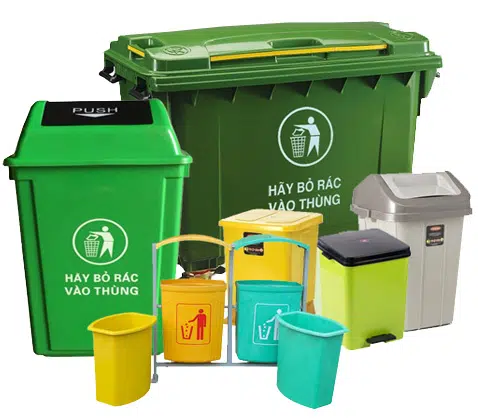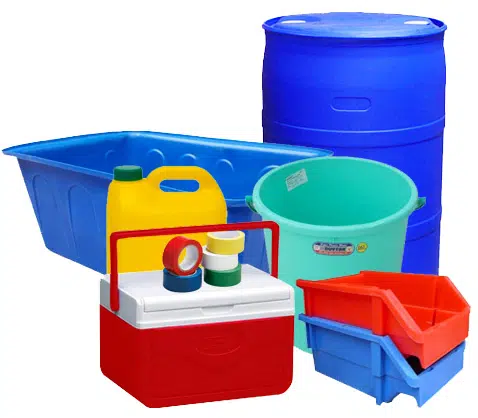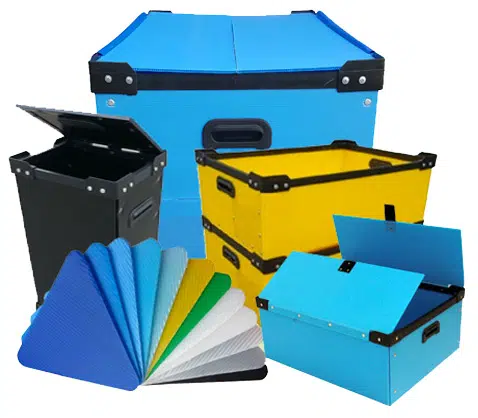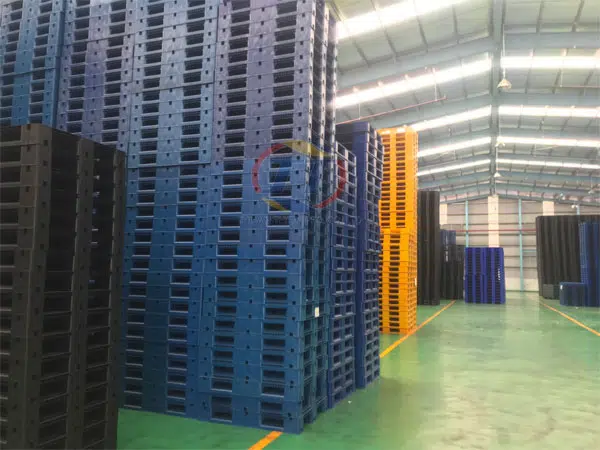In the demanding and often hazardous world of industry, safety is not just a concern; it is a fundamental necessity. From the clatter of a manufacturing floor to the high-stakes environment of a construction site, the risks to workers are ever-present. Industrial safety equipment is the critical line of defense, a meticulously engineered collection of products designed to protect workers from a wide range of hazards, from falling objects and chemical splashes to respiratory dangers and slips and falls. A deep understanding of these life-saving tools is essential for every employer and employee. This comprehensive article will serve as a guide to industrial safety equipment, exploring the different types of gear, their functions, the standards that govern their use, and their role in building a culture of safety.
Industrial safety equipment is more than just a legal requirement; it is an investment in human life and well-being. It is the hard hat that protects a construction worker from a falling brick, the respirator that saves a chemist from inhaling toxic fumes, and the safety harness that prevents a fall from a great height. These products are a testament to our commitment to a safe and healthy work environment, and their use is a powerful statement of a company’s values.
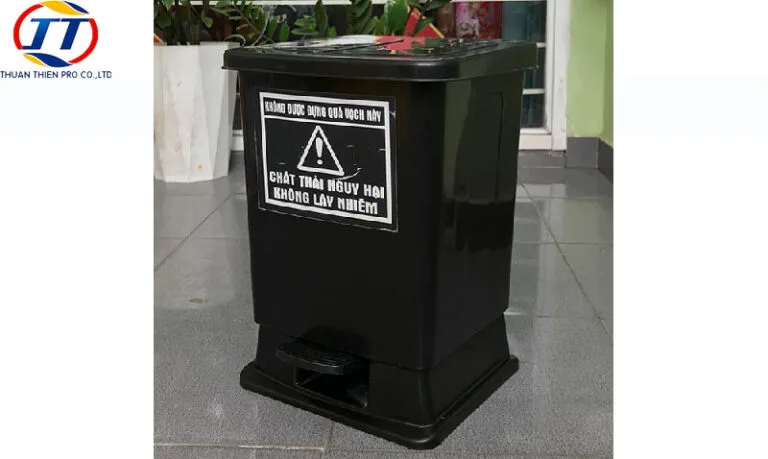
A Taxonomy of Protection: Types of Safety Equipment
Industrial safety equipment can be broken down into several key categories, each designed to protect a specific part of the body or to address a specific type of hazard.
Head Protection: The head is one of the most vulnerable parts of the body. Head protection includes hard hats, which are designed to protect against impacts from falling objects, and bump caps, which are used to protect against minor bumps and scrapes.
Eye and Face Protection: The eyes are highly susceptible to injury from dust, debris, chemical splashes, and bright light. Eye and face protection includes safety glasses, goggles, and face shields.
Hand Protection: The hands are constantly in use and are at risk from a wide range of hazards, including cuts, abrasions, chemicals, and extreme temperatures. Hand protection includes a variety of gloves, from general-purpose work gloves to specialized gloves for handling chemicals or working with high temperatures.
Foot Protection: The feet are at risk from falling objects, sharp objects, and slips and falls. Foot protection includes steel-toed boots, which protect against impacts, and slip-resistant shoes, which prevent falls on wet or oily surfaces.
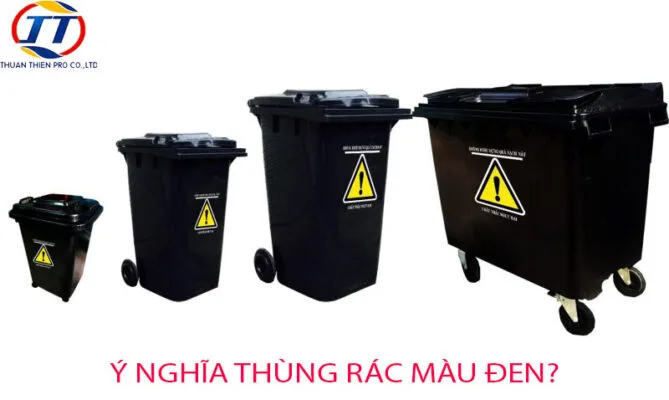
Respiratory Protection: In environments with airborne hazards, such as dust, fumes, or gases, respiratory protection is essential. This includes respirators, which filter the air, and supplied-air respirators, which provide a clean source of air.
Fall Protection: For workers who work at heights, fall protection is a matter of life and death. This includes safety harnesses, lanyards, and anchor points, which are designed to prevent a fall from a great height.
The Importance of Standards and Training
The effectiveness of industrial safety equipment is dependent on two key factors: quality and proper use.
Industry Standards: The quality and performance of industrial safety equipment are governed by a number of industry standards, such as those set by the Occupational Safety and Health Administration (OSHA) in the United States. These standards ensure that the equipment is rigorously tested and can perform as expected in hazardous conditions.
Training: The best safety equipment in the world is useless if workers do not know how to use it properly. Proper training is essential to ensure that workers understand the hazards of their job, the correct safety equipment to use, and how to use it and maintain it properly.
Building a Culture of Safety
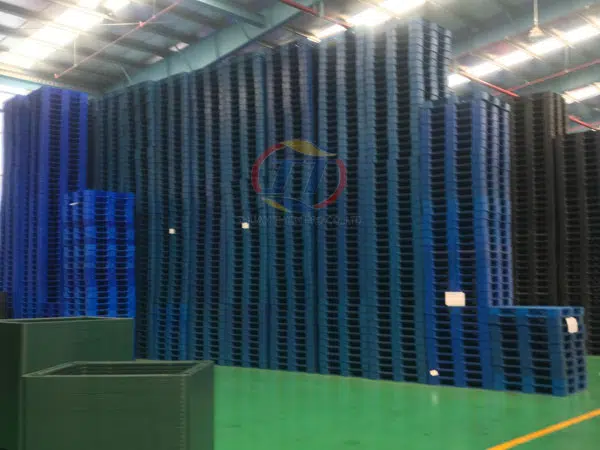
Industrial safety equipment is a crucial component of a broader effort to build a culture of safety.
Leadership: A culture of safety starts at the top. When management prioritizes safety, it sends a clear message to employees that their well-being is of the utmost importance.
Communication: Open and honest communication about safety is essential. Employees should feel comfortable reporting hazards and near-misses without fear of reprisal.
Continuous Improvement: A culture of safety is not a static state; it is a process of continuous improvement. Companies should regularly review their safety protocols, update their equipment, and provide ongoing training to their employees.
In conclusion, industrial safety equipment is more than just a collection of products; it is a testament to our commitment to a safe and healthy work environment. By understanding the different types of equipment, the standards that govern their use, and the importance of a culture of safety, we can ensure that every worker has the protection they need to go home safely at the end of the day.

